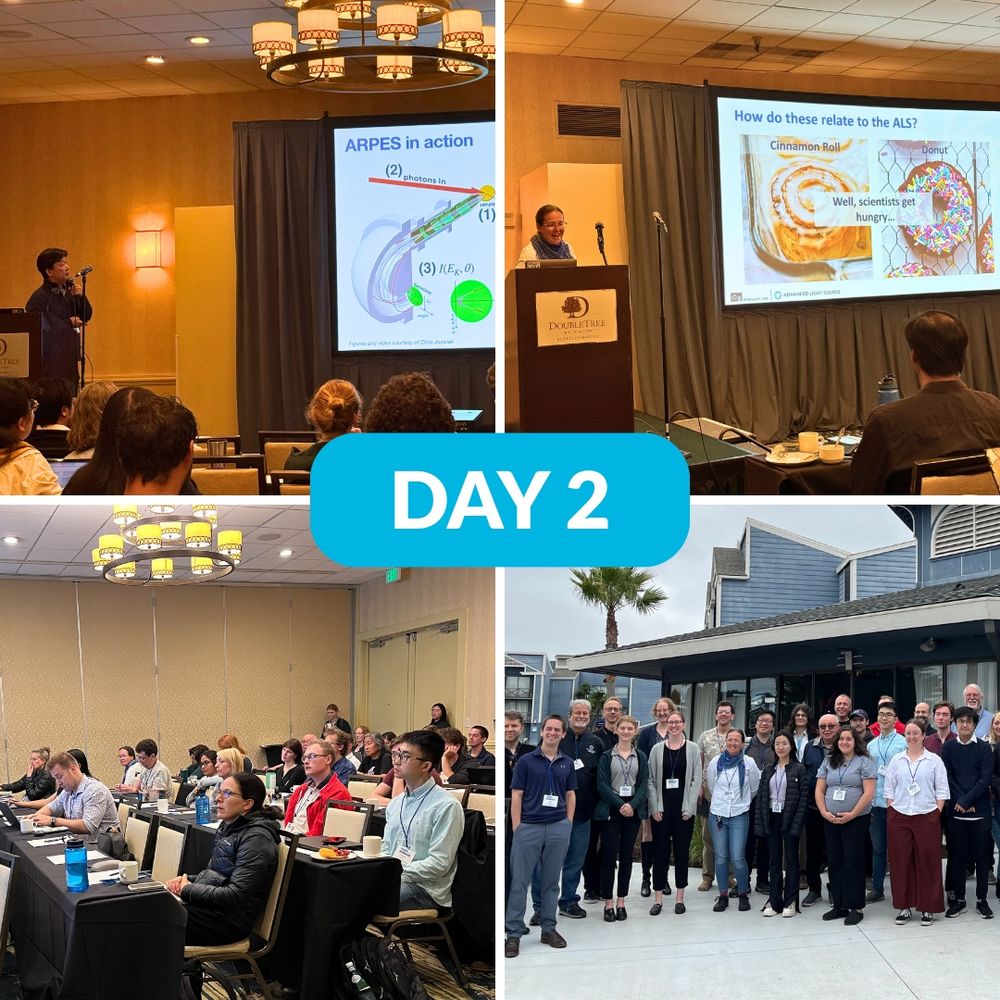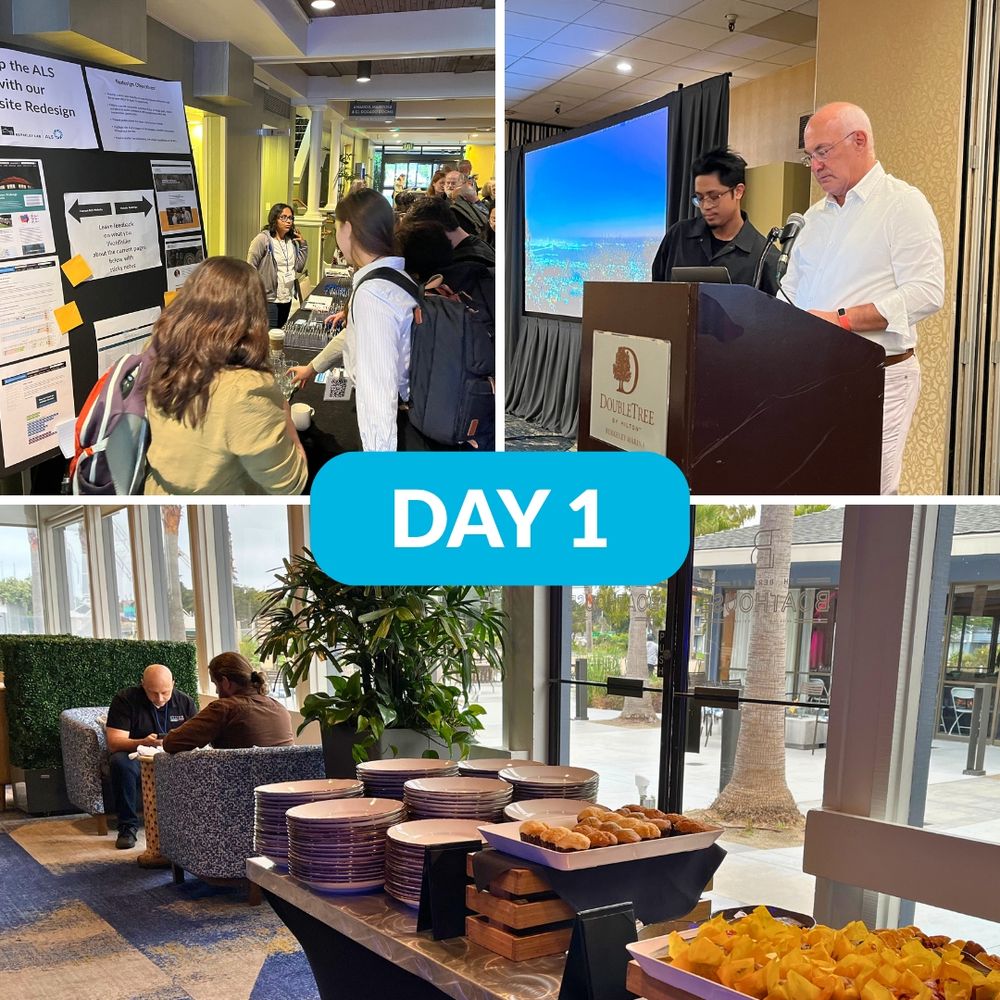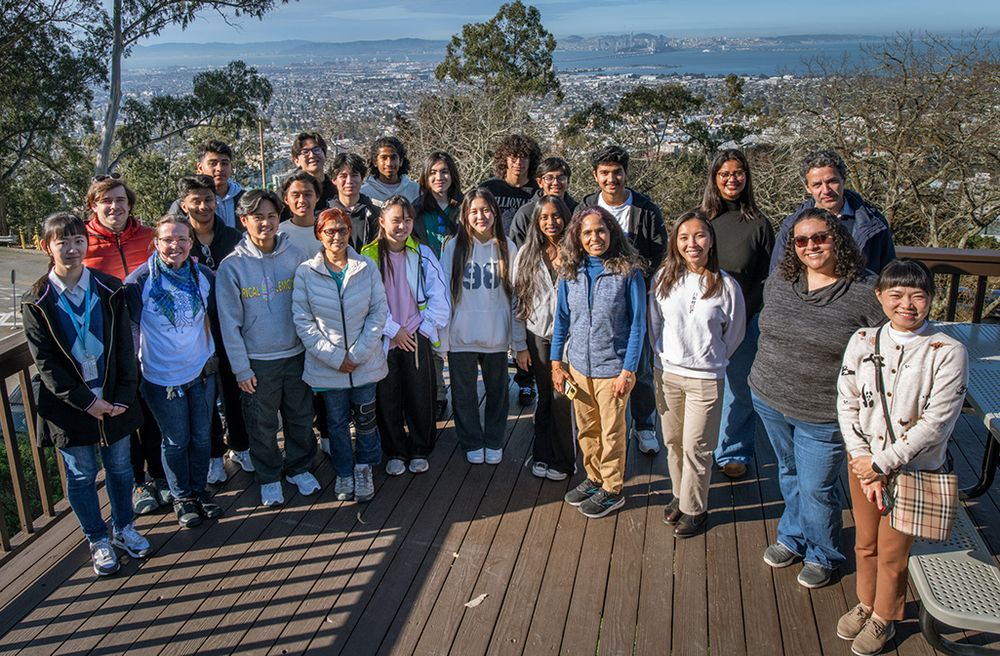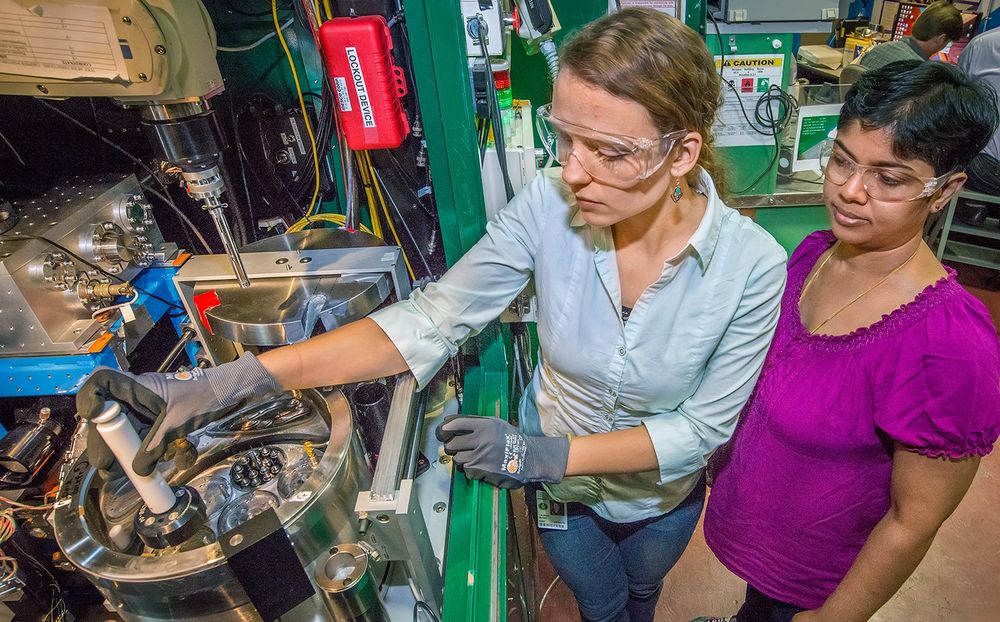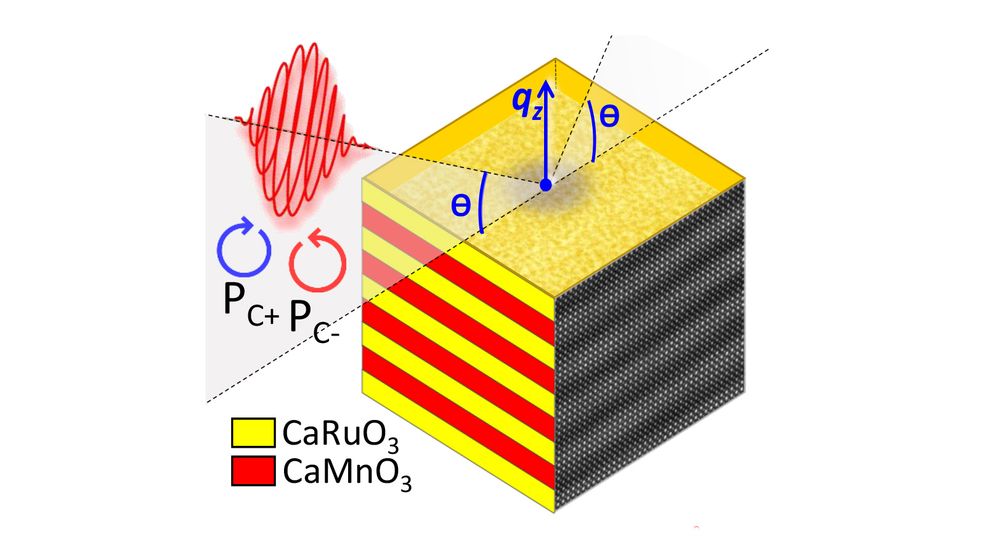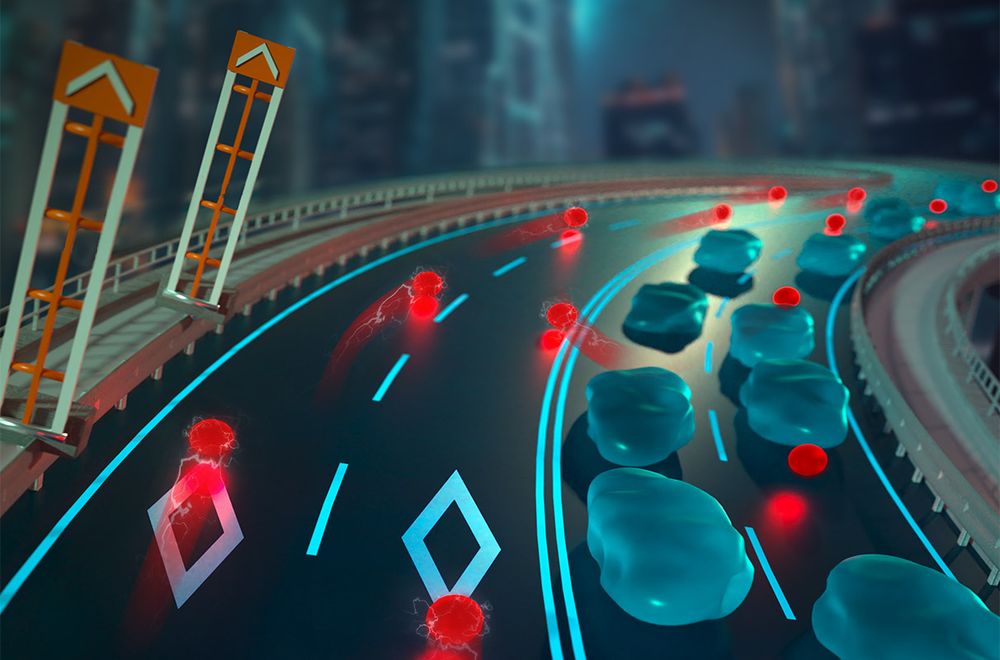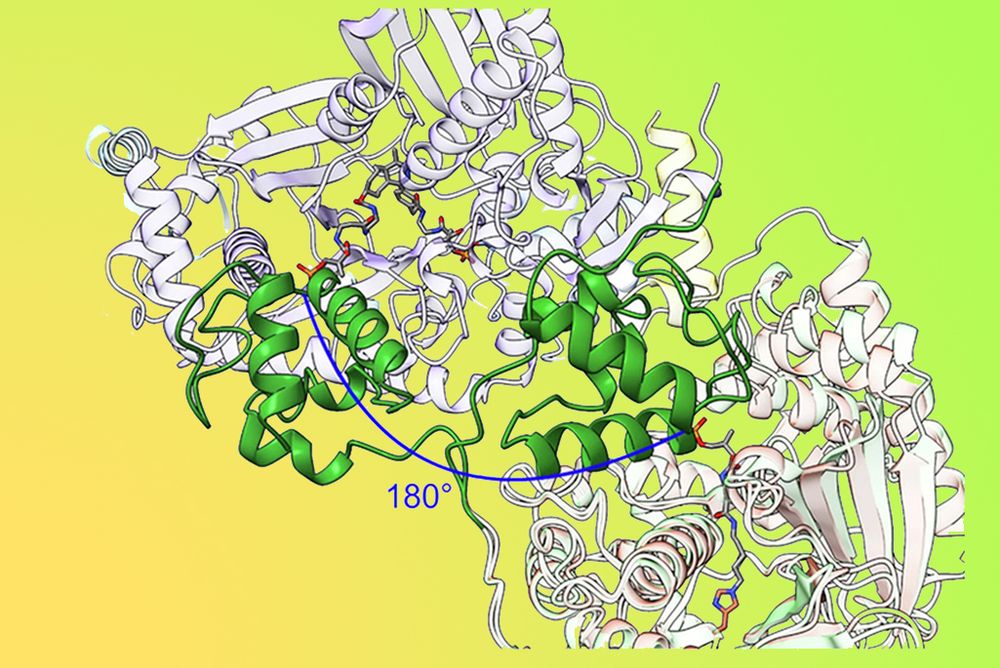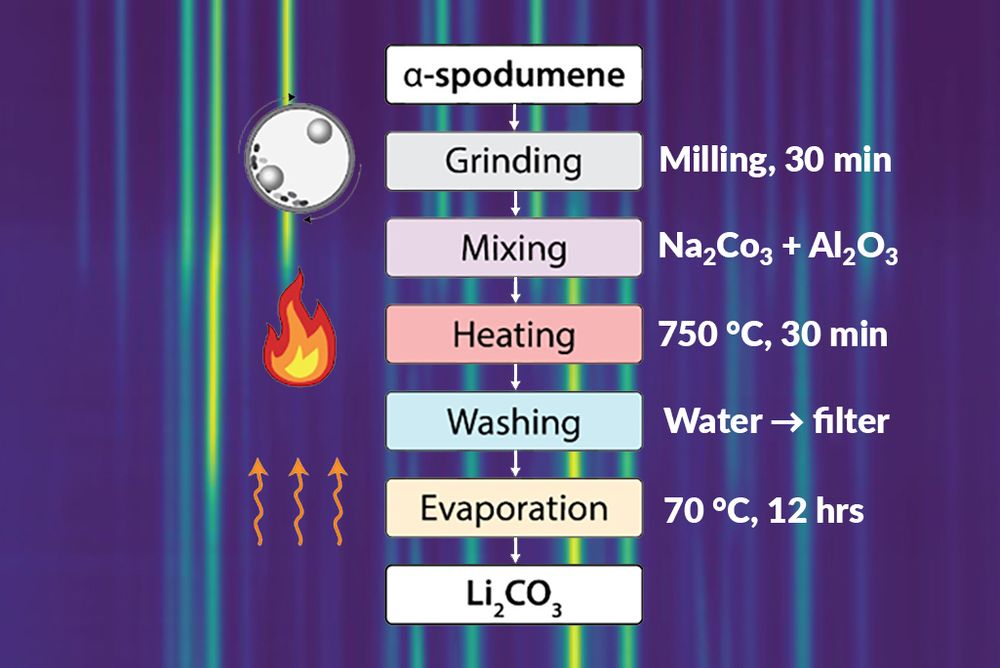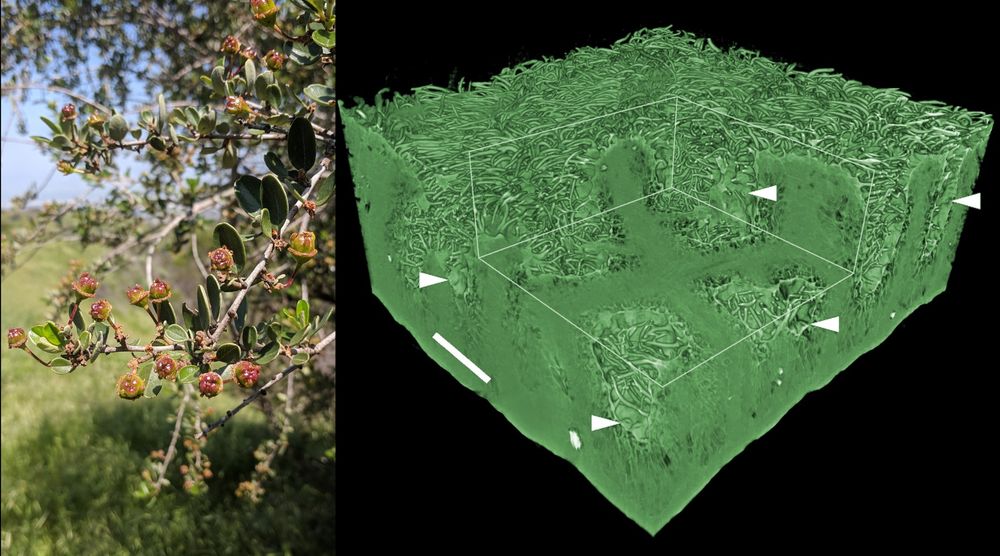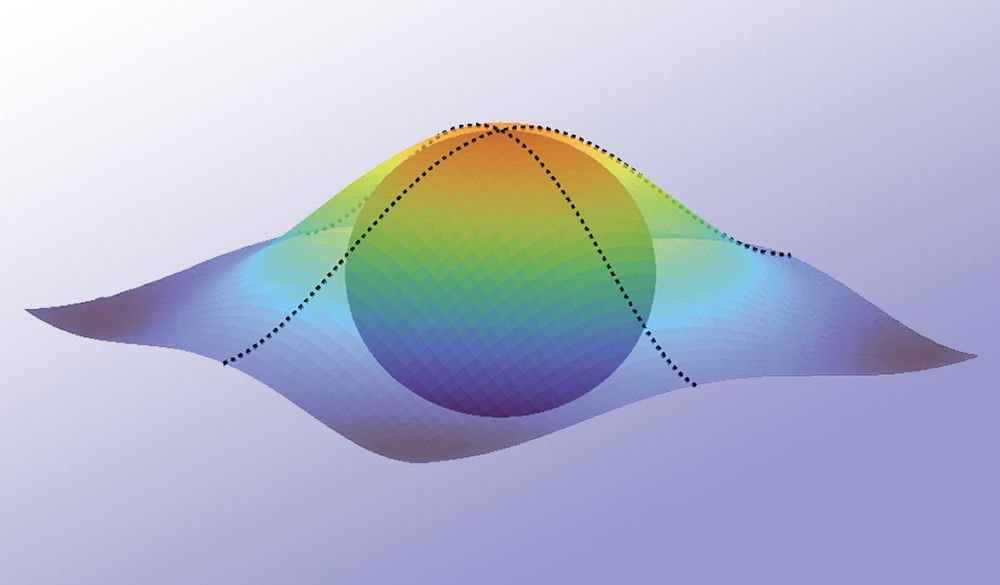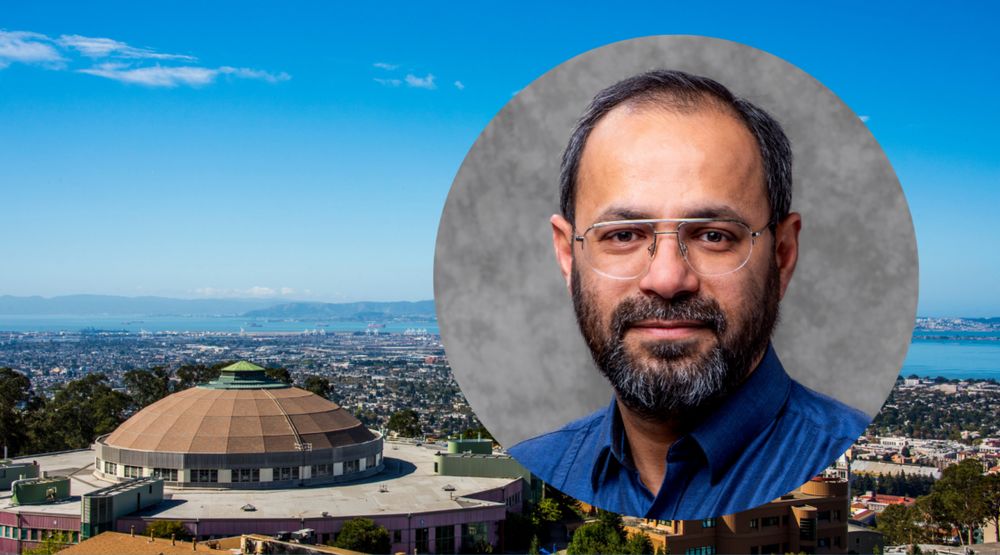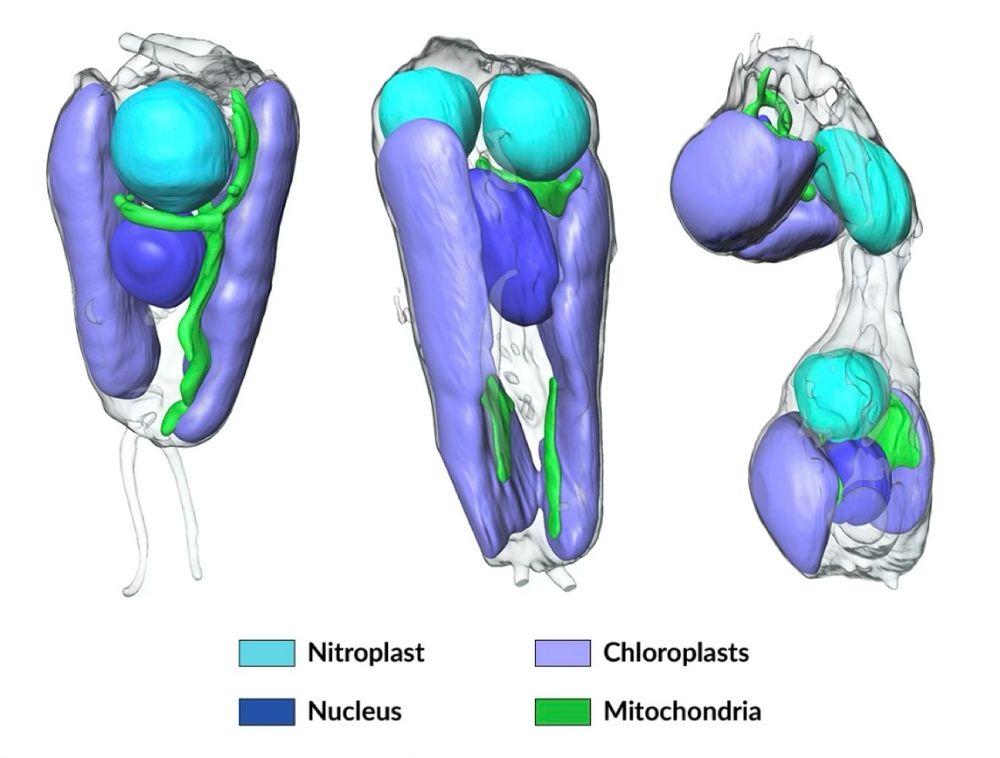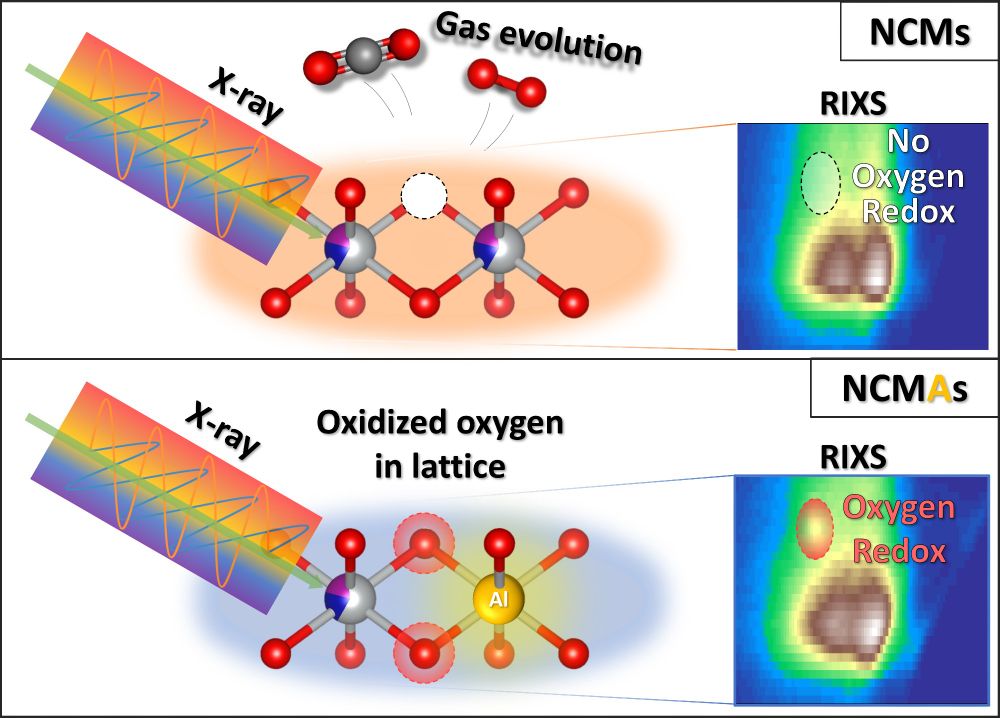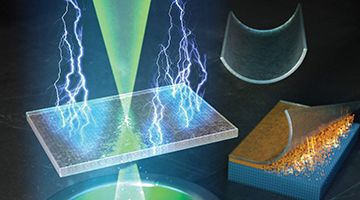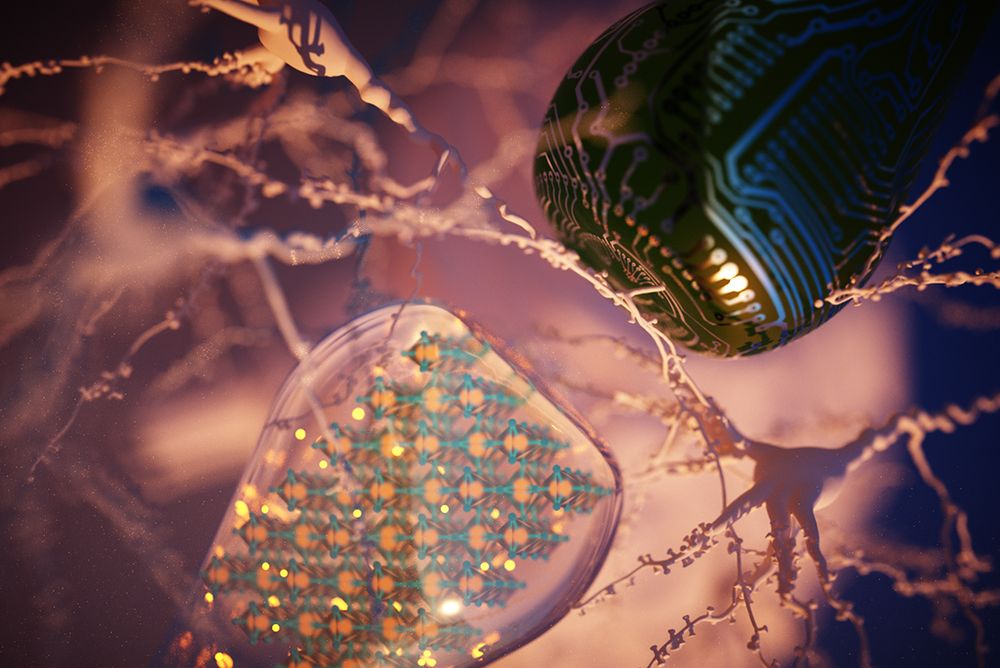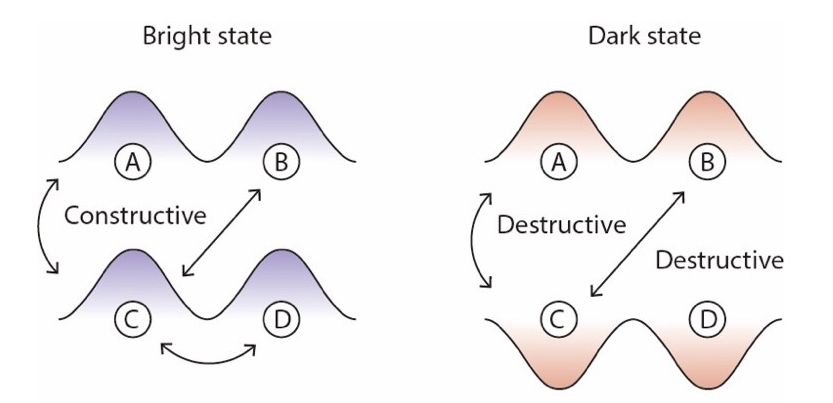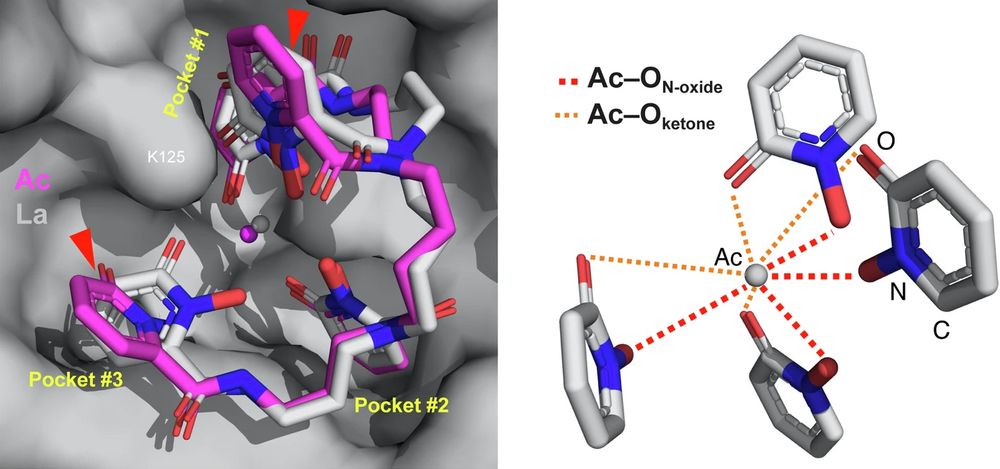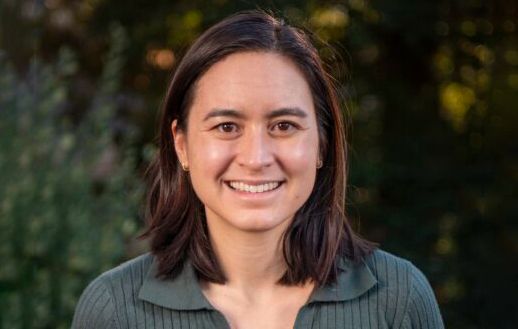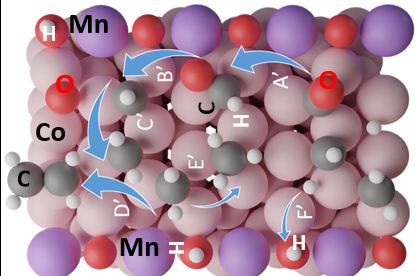Advanced Light Source
@als.lbl.gov
260 followers
52 following
25 posts
Berkeley Lab's Advanced Light Source (ALS) produces brilliant beams of soft x rays for scientific research. https://als.lbl.gov/
Posts
Media
Videos
Starter Packs
Advanced Light Source
@als.lbl.gov
· Jun 9
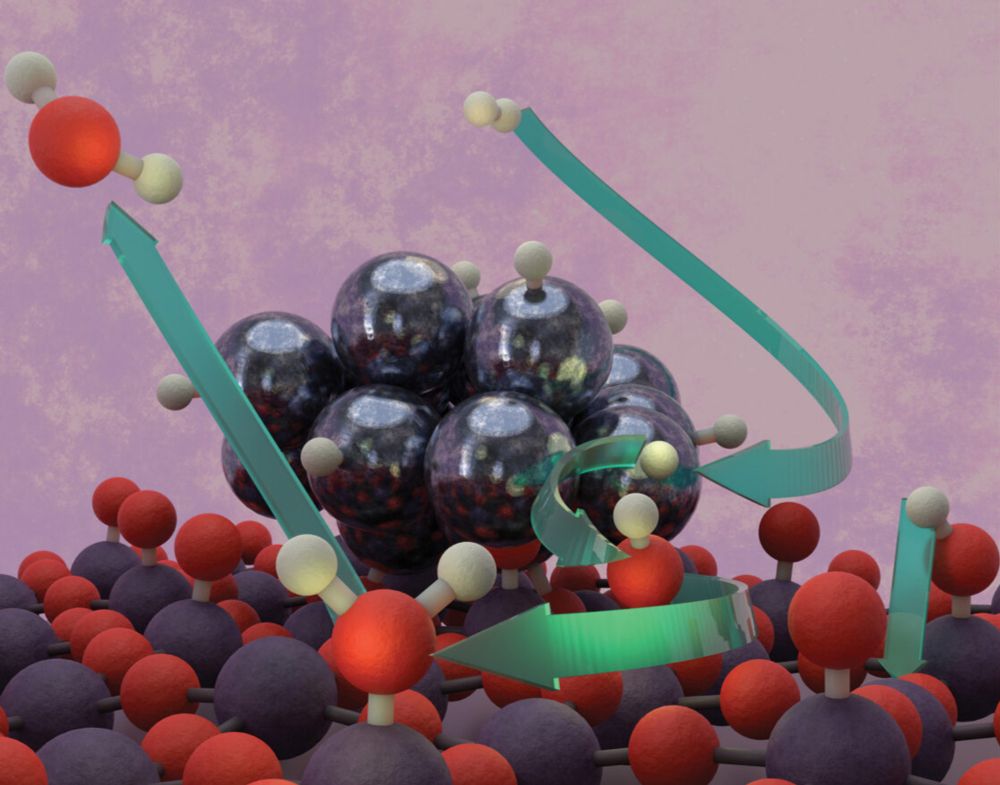
Catching “Hydrogen Spillover” onto a Catalytic Surface
Researchers uncovered the precise mechanism of hydrogen spillover (H2 splitting and migration) onto a catalytic surface by watching it happen under various conditions. The research lays the foundation...
als.lbl.gov
Advanced Light Source
@als.lbl.gov
· Jun 5
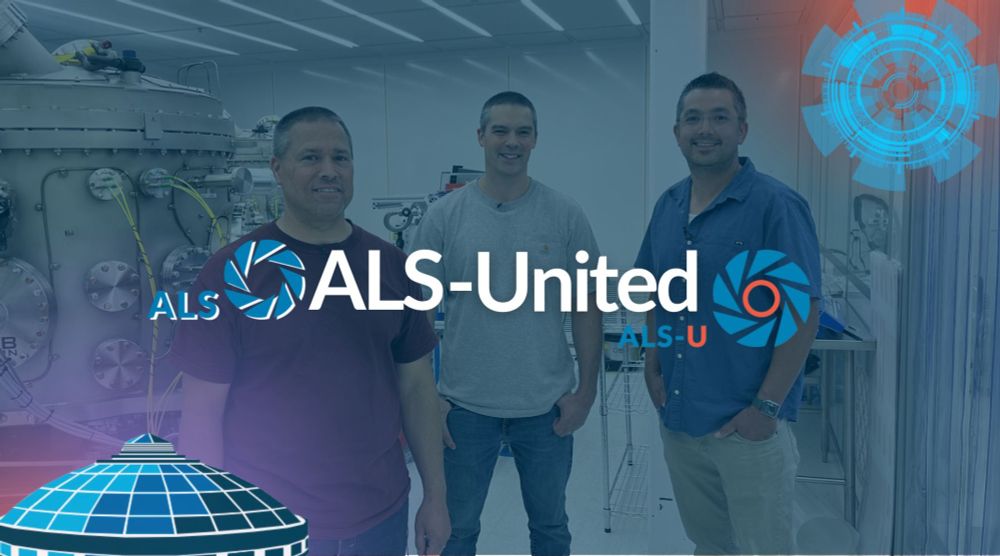
ALS-United: Don MacGill, Matt Warren, and Kyle McCombs
ALS-United is an opportunity to meet the people collaborating at the Advanced Light Source and the ALS Upgrade Project. Hear firsthand how team science enables the cutting-edge research of today and b...
als.lbl.gov
Reposted by Advanced Light Source
Reposted by Advanced Light Source
Reposted by Advanced Light Source
Berkeley Lab
@berkeleylab.lbl.gov
· May 22
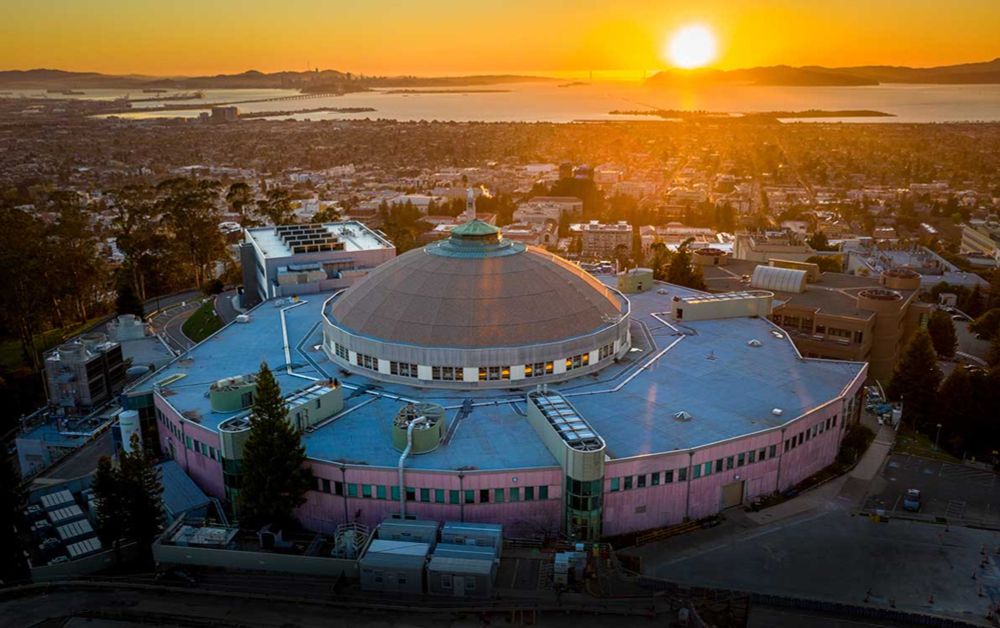
Bringing Discoveries to Light: Six Ways the Advanced Light Source Is Accelerating Technology Breakthroughs for Society
For over 30 years, Berkeley Lab’s powerful source of X-ray, ultraviolet, and infrared light has helped researchers develop new materials and techniques for computing, energy technologies, cancer research, and more.
newscenter.lbl.gov
Advanced Light Source
@als.lbl.gov
· Apr 17
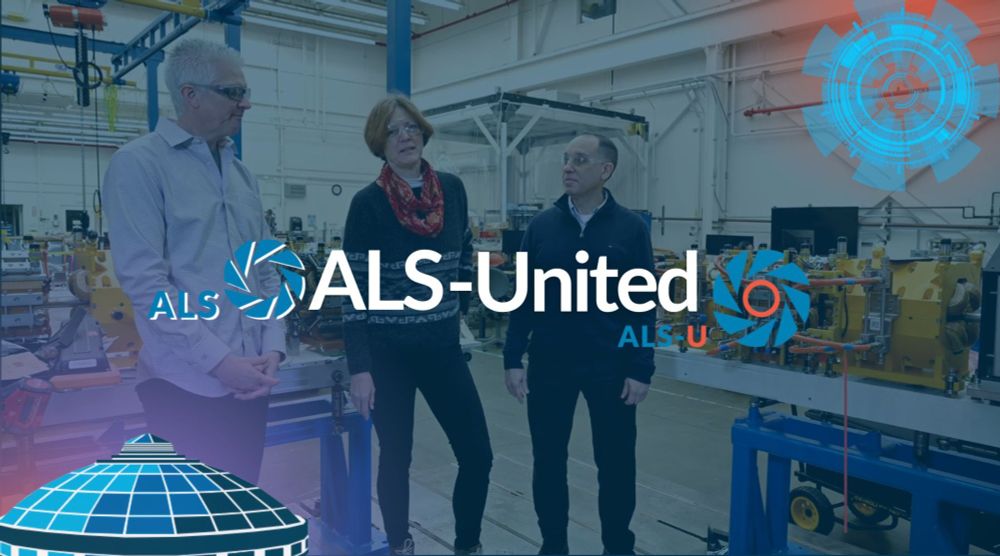
ALS-United: Steve Rossi, Daniela Leitner, and Andrew Netto
ALS-United is an opportunity to meet the people collaborating at the Advanced Light Source and the ALS Upgrade Project. Hear firsthand how team science enables the cutting-edge research of today and b...
als.lbl.gov
Reposted by Advanced Light Source

